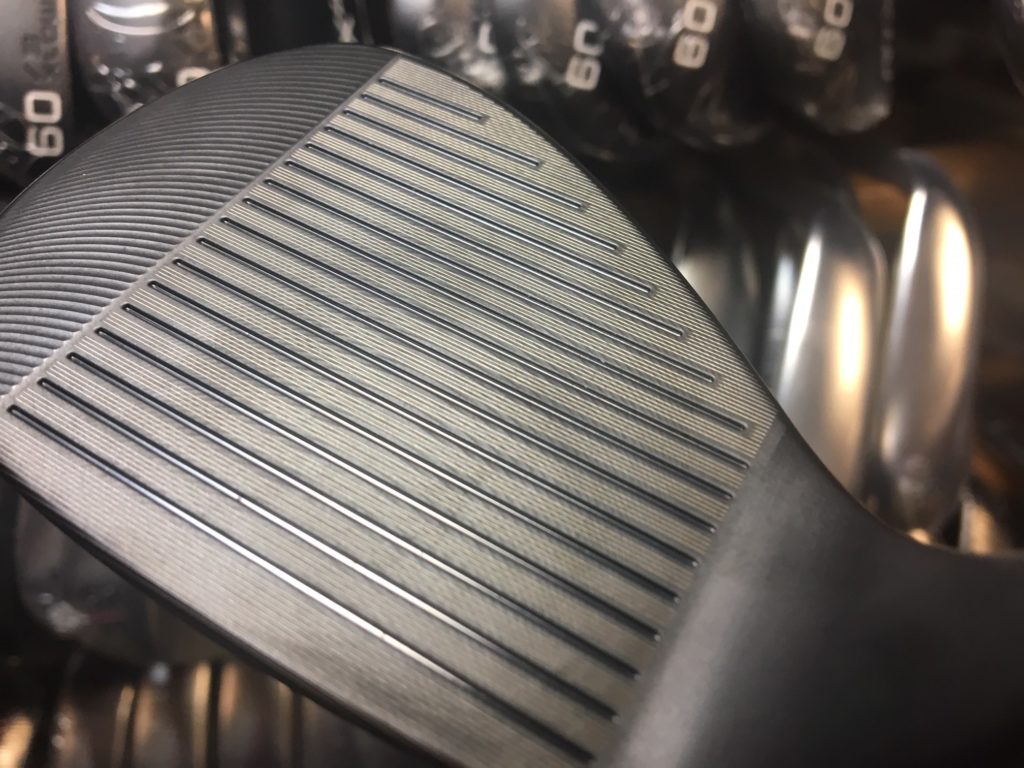Every golfer knows to keep their wedge grooves clean. Worn grooves make the wedge worse. That is common knowledge, but understanding how the grooves work exactly is less universal. This article should fill in any gaps in understanding wedges

Origin of Grooves:
it is widely believed that the origins of grooves on golf clubs come from the need to reduce debris between the club and the ball. A helpful analogy is that a club without grooves would perform like racing slick tires. These tires perform exceptionally well on clean dry tracks. However, in wet or dirty conditions particulates prohibit the tires from making adequate traction with the road. This is the same problem faced by golfers. Golf is played outdoors and in an environment where sand, dirt, grass, and water are all common. Therefore, club manufacturers have carved grooves into the surface of wedges to give the debris a channel to escape. This is comparable to the patterns on normal road tires. All of the grooves on the face of a wedge, make them excellent for sifting through debris and making solid contact with the face of a club. This explains why wedges are used for sand, rough, and other difficult shots.
Spin Rates:
The other main benefit of grooves is that they increase the spin-off of a wedge. This effect is less obvious. In the simplest terms, grooves create friction when the surface of the ball encounters the sharp edges of a groove. This contact creates friction and the ball generates spin. The sharper the edges of the grooves the more friction is generated. The USGA actually regulates the sharpness of the grooves in order to limit the friction a wedge can create. Spin is important for golfers because it results in lower flight and farther distance. Additionally and most importantly, a high spin rate means a wedge shot will roll less on a golf green. This results in a lot more control and accuracy.
Wedge Decay:

Because the spin of a wedge depends on the sharp edges of the grooves, it means it will “decay”. Over time, the edges of the grooves are rounded smooth. There is no longer any sharp edges to grip onto the cover of a golf ball. As the grooves on a golf wedge decline, you will experience lower spin, higher flight, and less distance. All of these culminate to less control.
Solutions:
What can you do to limit the decay of a wedge? It’s important to keep your grooves clean. the buildup of dirt inside of them may prohibit their ability to disperse debris and grip the face of a golf ball. Likewise, denting or scraping the face will result in faster deterioration. Ultimately, there is no way to forever prevent wedge decay. The nature of wedges makes them have an “expiration date” after so many golf rounds. Titleist found that after 125 rounds a wedge has over twice the rollout of a fresh wedge.

